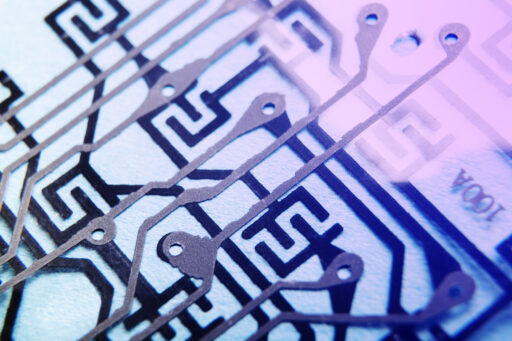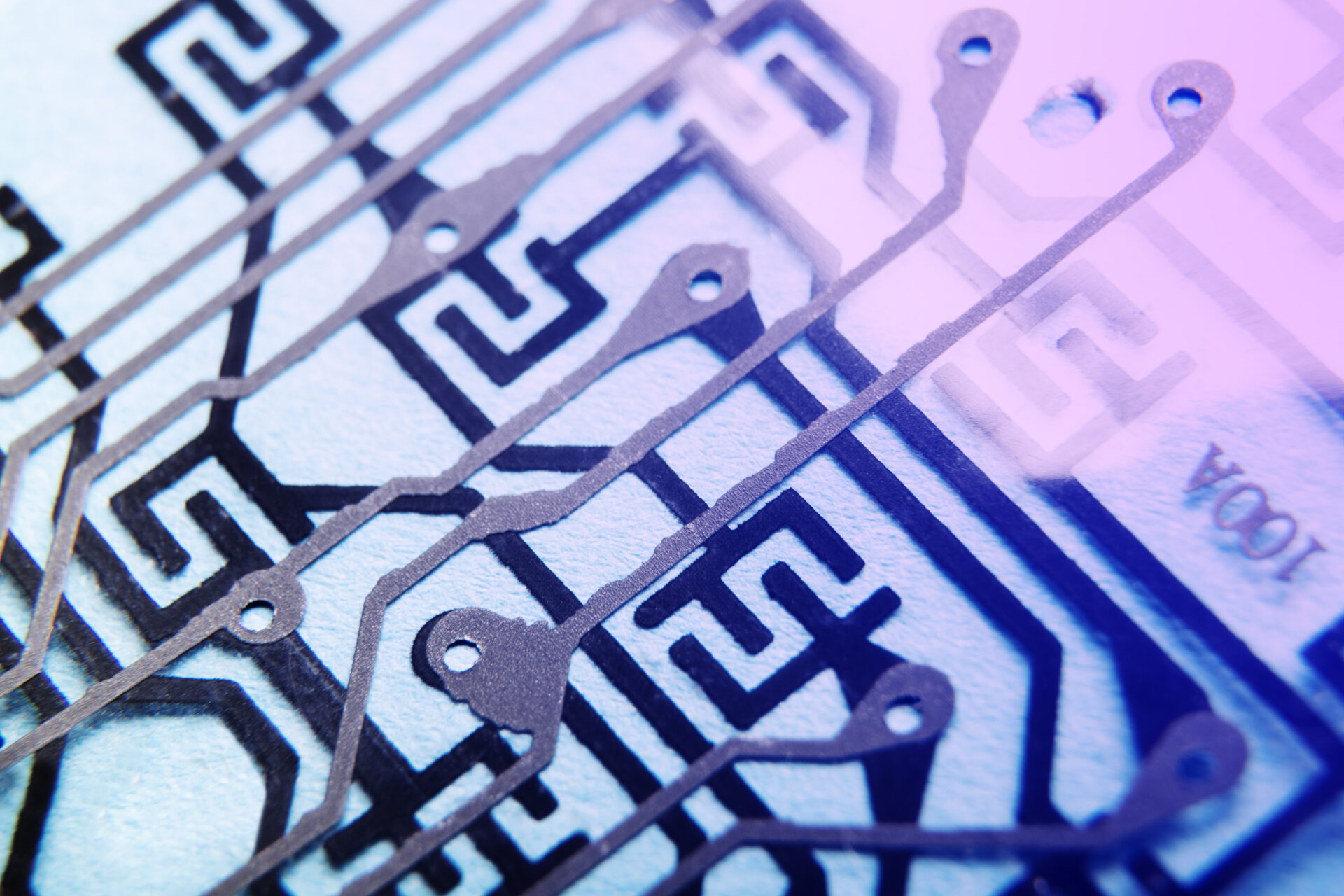Introduction
In today’s dynamic world, electrical energy plays a fundamental role in our lives. From lighting to connectivity, the demands for electricity have evolved, necessitating advanced technologies and methodologies to ensure efficiency and safety in projects.
Building Information Model (BIM) comes into play, revolutionizing how electrical installations are designed, constructed, and managed.
Highlights
- The use of electrical energy has become more diverse and complex, requiring advanced technologies and methodologies.
- BIM is a robust methodology that revolutionizes electrical installation design, construction, and management.
- Common errors in electrical installations can lead to delays, cost overruns, and compromise project safety.
- BIM offers innovative approaches and advanced tools to address these challenges.
- The key benefits of BIM in electrical installations include analyzing energy load, improving site safety, coordinating between disciplines, enhancing communication and collaboration, and optimizing the construction schedule.
The Challenges in Electrical Installations
The ever-expanding and diverse demand for electrical energy presents increasingly complex challenges in the design and implementation of electrical installations. Standard errors, such as lack of coordination between disciplines, on-site improvisations, energy calculation mistakes, and inadequate sizing, can lead to delays, cost overruns, and compromised project safety. To overcome these challenges, adopting innovative approaches and utilizing advanced tools is crucial.
The construction industry needs to understand these challenges and seek solutions that can help streamline the electrical installation process.
Key Benefits of BIM Methodology in Electrical Installations
Implementing BIM methodology in electrical installation projects elevates efficiency and safety. BIM optimizes component sizing for better resource and cost management. This ensures the efficient use of electrical energy, addressing the challenge of energy calculation mistakes.
1. Analysis of Energy Load
By examining energy consumption patterns, more efficient systems can be designed, and utilizing BIM software allows for accurate energy load calculations.
- Identifying peak usage times to optimize energy distribution.
- Reducing energy waste by designing systems tailored to actual needs.
- Predicting future energy demands for better planning and scalability.
Analyzing energy load is essential for cost-effective and sustainable electrical designs. By leveraging BIM technology, informed decisions can lead to energy efficiency.
2. Improved Site Safety
Through digital twins, a comprehensive understanding of the location and design of the electrical systems can be achieved. BIM technology can greatly help improve site safety. By simulating electrical installations in a virtual environment, potential safety hazards can be identified and addressed before any work begins on-site. This proactive approach can prevent accidents and injuries during the construction process.
This method can reduce the likelihood of accidents and minimize project delays. This proactive approach protects the workforce and saves time and money in the long run.
3. Coordination between Disciplines
Coordination between disciplines such as architecture, structural engineering, and mechanical engineering is essential for electrical installations. By creating detailed digital twins of each discipline involved in the project, BIM facilitates early detection of possible interferences between disciplines.
This reduces time and costs on-site, as conflicts can be resolved before construction begins. BIM software facilitates coordination by providing a centralized platform where all disciplines can collaborate and coordinate their designs in real-time.
The result is a solution that allows efficient coordination between disciplines to avoid costly rework and delays.
4. Enhanced Communication and Collaboration
BIM centralizes information, improving communication and collaboration among all project stakeholders. Real-time access to design changes, potential interferences, requests, and progress status increases transparency and process efficiency. It allows for effective collaboration and coordination between different teams, including electrical designers, resulting in better project outcomes.
With improved coordination, everyone involved in the project works towards the same goal.
5. Optimized Construction Schedule
By utilizing BIM, all electrical components are seamlessly coordinated, minimizing the risk of errors or rework. The real-time clash detection feature allows to identify and resolve any conflicts early on, preventing costly delays and keeping the project on track. Efficient resource allocation based on the BIM model helps complete the electrical installations within the stipulated timeframe, effectively meeting project deadlines.
Streamlining communication between the electrical team and other trades ensures smooth coordination and efficient scheduling. Early identification of potential issues through BIM helps to avoid costly rework, saving time and resources for your project.
“BIM in electrical installations is a game-changer. It revolutionizes the way we design, construct, and manage electrical systems, improving efficiency, safety, and collaboration.” – John Doe, Electrical Engineer
Conclusion
Integrating BIM in electrical installation projects transforms how electrical systems are designed, constructed, and managed. By improving efficiency, safety, and collaboration throughout all project stages, BIM has become an indispensable tool for meeting the challenges of the modern electrical industry.
With BIM, the future of electrical installations is brighter than ever. Embrace this electrifying technology and revolutionize your designs with BIM.






